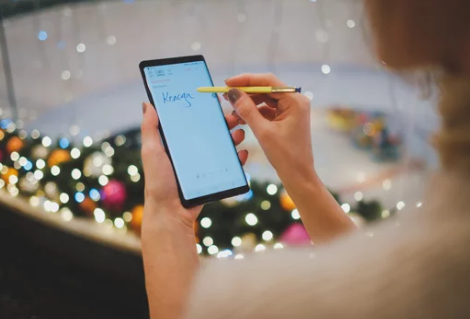Switching between iOS and Android—or simply wanting to send a few contacts to a friend—can seem complicated due to the different ecosystems. But thankfully, there are several effective ways to share contacts between iPhone and Android devices (including Samsung).
This guide covers all the methods you can use—from simple one-time transfers to full contact migration when changing phones.
Why Sharing Contacts Can Be Tricky
- Different ecosystems: iPhone uses iCloud, while Android relies on Google accounts.
- File formats: Contacts are usually stored in vCard (.vcf) format, which both systems can read, but exporting/importing isn’t always obvious.
- Syncing differences: iOS syncs with iCloud by default, while Android syncs with Google Contacts.
The good news? With the right method, sharing contacts across iOS and Android is easy.
1. Share Individual Contacts via Messaging Apps
Best For: Sending one or two contacts quickly.
- On iPhone: Open the Contacts app, choose a contact, tap Share Contact, and send via Email, WhatsApp, or Messages.
- On Android: Open the file or message and save the contact.
✅ Pros: Simple and fast.
❌ Cons: Not ideal for large groups of contacts.
2. Export Contacts as a VCF File
Best For: Sharing many contacts at once.
On iPhone:
- Go to Settings → Contacts → Import/Export → Export vCard (or use iCloud.com).
- The .vcf file can be emailed or uploaded to cloud storage.
On Android (Samsung, etc.):
- Download the .vcf file.
- Open the Contacts app → Import/Export → Import from .vcf file.
✅ Pros: Works for multiple contacts.
❌ Cons: Requires a few extra steps.
3. Use Google Contacts (Best for Switching to Android)
Best For: Moving from iPhone to Samsung/Android permanently.
- On iPhone: Go to Settings → Contacts → Accounts → Add Account → Google.
- Sign in with your Google account and enable Contacts sync.
- On Android: Log into the same Google account. Contacts will sync automatically.
✅ Pros: Automatic syncing across devices.
❌ Cons: Requires a Google account and internet access.
4. Use iCloud to Export Contacts
Best For: Migrating contacts if you use iCloud.
- On iPhone: Go to iCloud.com → Contacts → Select All → Export vCard.
- Send the .vcf file to your Android device.
- On Android: Import the file via the Contacts app.
✅ Pros: Easy bulk export.
❌ Cons: Requires logging into iCloud from a browser.
5. Transfer with Apps (Cross-Platform Tools)
Several apps simplify the process of contact transfer:
- Send Anywhere: Generates a QR code or key for quick transfer.
- SHAREit / Xender: Share contacts wirelessly between iOS and Android.
- Copy My Data: A free app designed specifically for contact and calendar transfers.
✅ Pros: Quick, wireless, and user-friendly.
❌ Cons: Requires both devices to install the app.
6. SIM Card Transfer (Old-School Method)
Best For: Users with limited internet access.
- On iPhone: Save contacts to SIM (may require exporting via third-party apps since iOS doesn’t support it directly).
- Insert SIM into Android phone → Import contacts from SIM.
✅ Pros: Works offline.
❌ Cons: Limited storage capacity, iOS doesn’t support direct SIM export.
7. NFC or QR Code Sharing (For Small Transfers)
- Samsung devices and some Android apps allow sharing contacts via QR code.
- On iPhone, you can generate a contact QR code using apps like My QR Code Generator.
- Scan with the other device to instantly save the contact.
✅ Pros: Very fast for one contact.
❌ Cons: Not efficient for large lists.
Which Method Should You Use?
- One or two contacts → Use Share Contact or QR code.
- Bulk transfers → Use VCF file export or iCloud/Google sync.
- Switching devices completely → Google Contacts sync is the most seamless option.
- Offline users → SIM card or direct apps like SHAREit work best.
Final Thoughts
Sharing contacts between iOS and Android is much easier than it used to be. Whether you’re just sending a single number or migrating your entire contact list, there’s a method that fits your needs.
- For quick sharing, go with messaging apps or QR codes.
- For large transfers, use VCF export or sync via Google/iCloud.
- For a permanent switch from iPhone to Samsung, Google Contacts is the smoothest long-term solution.
Also Read :
